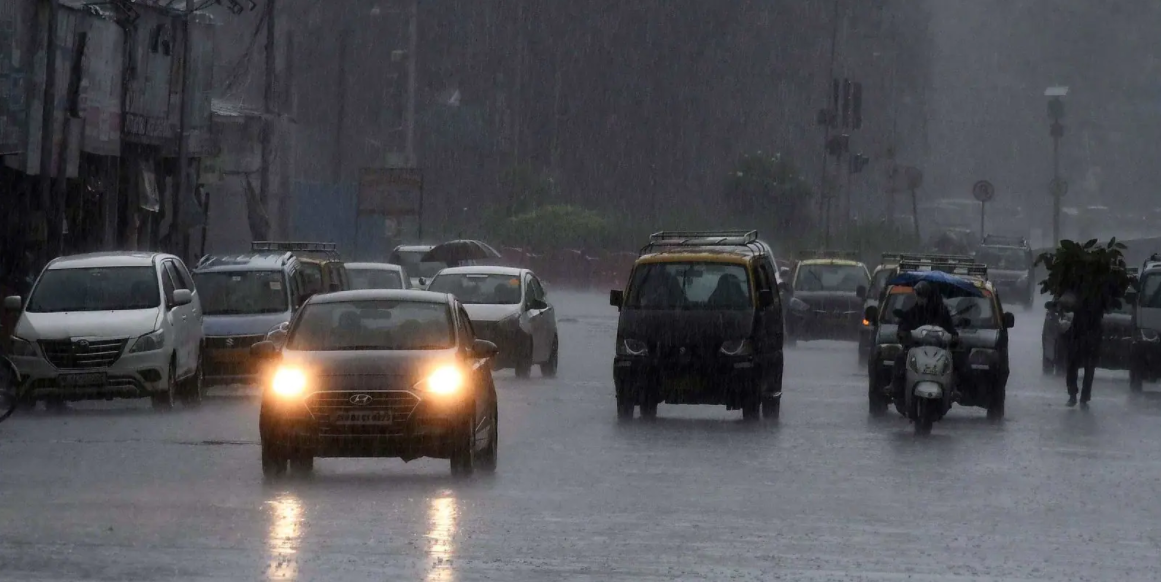
We already have noticed the effects of climate change on the environment. You might be aware of melting of glaciers, ice on rivers & lakes is breaking up much earlier, plant and animal ranges have shifted and trees are blossoming sooner than normal.
Due to climate change, hydrological cycle is changing across the country. If we talk about Delhi situated along the Yamuna basin, the effect of climate change on the hydrological cycle can result in higher intensity of rain.
As per meteorological experts the rise in the number of heavy rainfall events in many parts of the country is directly connected to the harmful effect of climate change.
A K Gosain, Professor Emeritus of IIT Delhi said, “For Delhi, the worst thing can happen on account of climate change is that a very small glacier at the source of the Yamuna, when it starts depleting, may hinder the water inflow”.
Gosain said, “The drainage system is inefficient to drain the whole area and it gets flooded, more water is certainly coming but it has its repercussions. When excess water comes and intensity is higher, then the chances of that water getting absorbed by the soil and turning into groundwater don’t happen. Most of the water just flows over the surface and goes into the rivers,” he further added.
This year, the National Capital received about 1,169.7mm of rainfall, the third-highest, as per the India Meteorological Department. It was one of the most erratic & delayed monsoons of the city.
IIT Delhi had organized a seminar on water security & sustainable development related to climate change. Professor Gosain, as a moderator, said there were regions that were witnessing floods in urban landscapes due to high-intensity rainfall.
In the previous month, the rainfall has been in marked contrast to the previous year when the city got a meagre 20.9 mm precipitation in the month against a normal of 129.8 mm.
Professor Gosain explained, “Delhi received water in a day which it had not received in the last 50 years. When you talk about intensity, rainfall can be very high for 15 minutes”. He added, “If it rains for an hour, the intensity over this longer duration will be much lower than the intensity of 15 minutes”.
















